Choosing the dangerous dog breed is one of the most critical decisions a prospective owner will make. While any dog can develop behavioral issues without proper care, genetics and breeding history do give some breeds a predisposition toward challenging behaviors.
It is vital to understand that “worst behavior” does not mean a dog is inherently “bad.” Many of these most dangerous dog breeds were specifically developed for guarding, fighting, or independent hunting, leading to strong instincts that conflict with a relaxed family lifestyle.
Furthermore, difficult behaviors aren’t limited to large dogs. This guide is intended to inform and prepare inexperienced owners to meet the significant commitment these powerful personalities require and understand their demeanor, or when they can feel threatened, to maintain their best behavior.
A crucial guide to the most dangerous dog breeds that demand expert handling and intensive training.
Top Dog Breeds With The Worst Behavior
1. Chihuahua
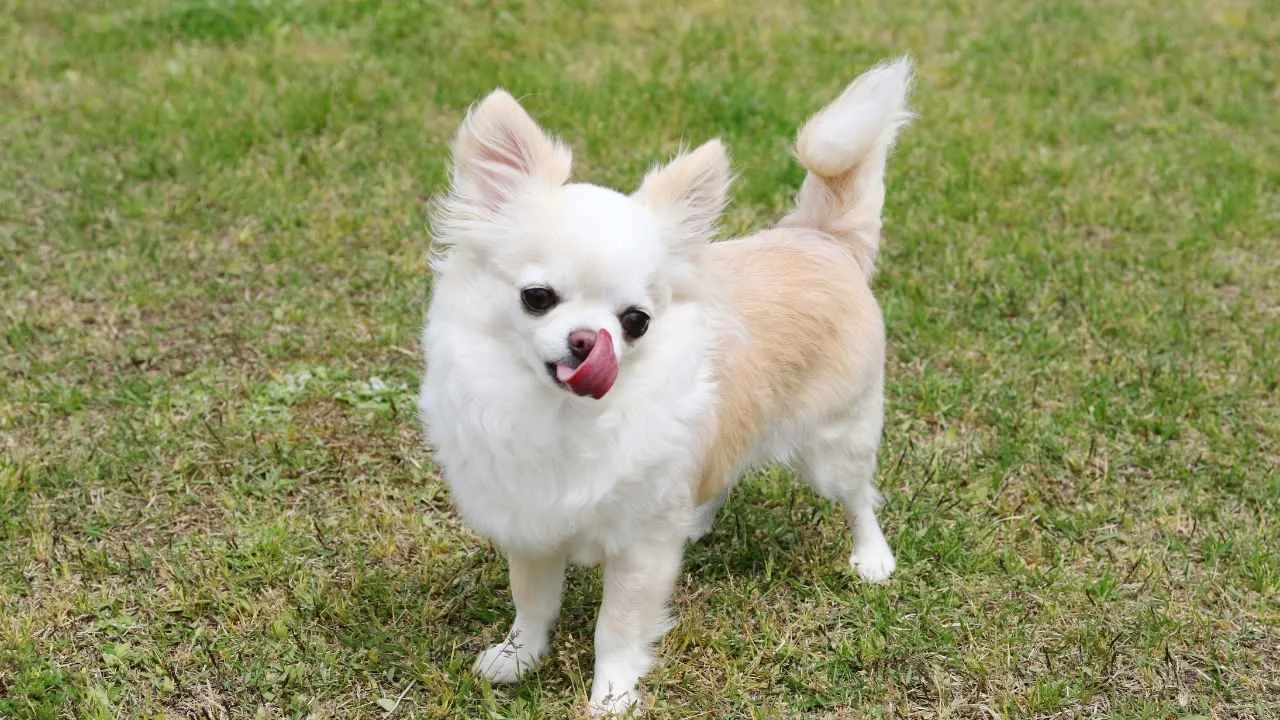
Tiny Dog, Big Training Demands
Don’t let their size fool you—Chihuahuas are feisty and headstrong, often barking excessively when anxious or unsure. Training takes consistency and patience, especially for socialization. Their “big dog” attitude in a tiny body can create major behavioral challenges without proper boundaries.
Little Coats, Light Upkeep
Grooming is fairly simple—short or long-haired, they just need regular brushing and daily dental care. They shed moderately, but keeping their coat shiny is easy. The bigger issue is their vulnerability; one fall or bump could mean serious injury.
From Toltec Temples to Designer Totes
Believed to descend from the ancient Techichi, Chihuahuas have a long lineage dating back to 9th-century Mexico. Officially recognized in 1904, they’ve become symbols of small-dog chic. But underneath the glamor is a breed rooted in bold, ancient tradition, according to Britannica.
Saucy, Sassy, and Slightly Neurotic
Chihuahuas form intense bonds but can develop clinginess or separation anxiety when overindulged. Their bark is bigger than their bite. That bark is loud, constant, and often misplaced. They rule their homes with a mix of charm, drama, and defiance.
2. Afghan Hound
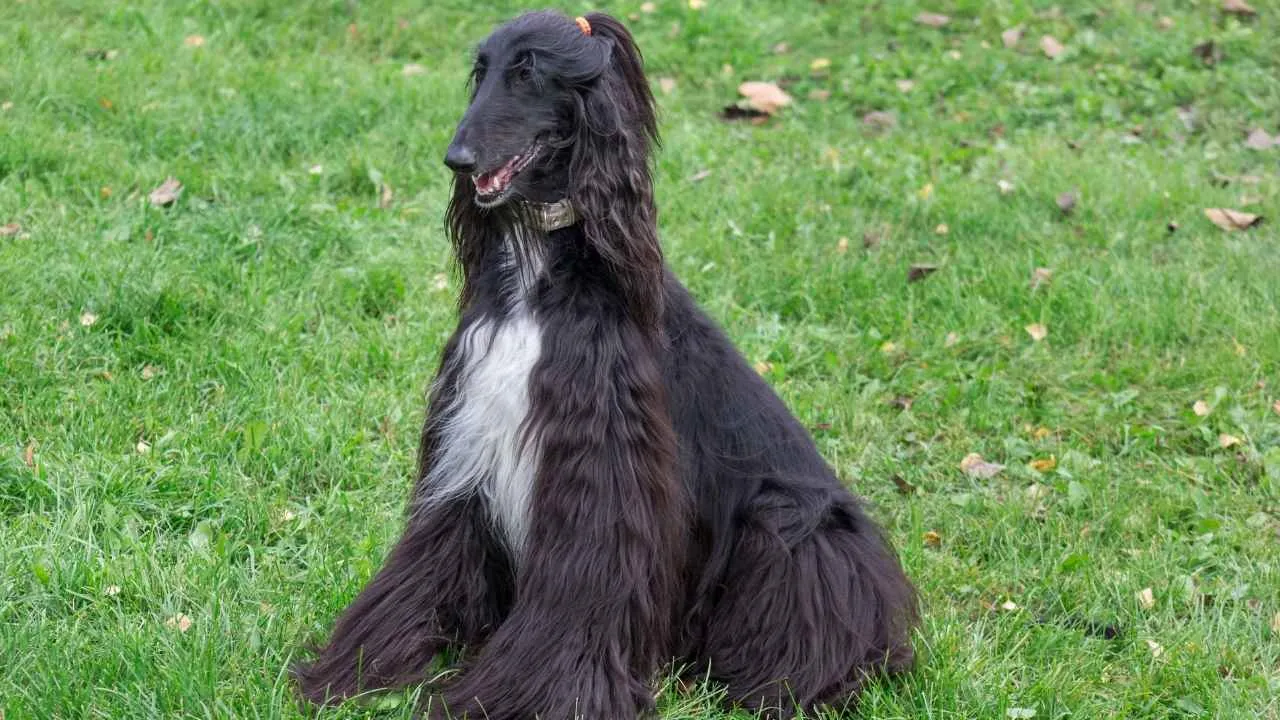
Grace in Motion, Headstrong at Heart
Afghan Hounds are fiercely independent thinkers, which makes training a real challenge. Their sighthound heritage means they’re easily distracted and hard to recall. Commands are optional in their eyes—consistency is essential.
Coat Couture Comes at a Cost
That iconic flowing coat is stunning, but it’s serious work—expect daily brushing and regular grooming sessions. Their hair tangles easily and sheds year-round. Owning an Afghan Hound means becoming a part-time hairstylist.
From Ancient Hunts to Fashion Runways
Bred for speed and agility in harsh mountain terrains, Afghan Hounds have a legacy dating back thousands of years. Once noble hunting dogs, they evolved into European show dogs by the 1900s. Their elegance captured many hearts, including Picasso’s.
Beauty with a Touch of Ice
Regal, aloof, and often emotionally distant—Afghan Hounds can act like royalty even in your living room. They bond deeply with their humans but stay wary of strangers, as per PetMD. When bored or undersocialized, their standoffishness turns into a cold shoulder.
3. Chow Chow
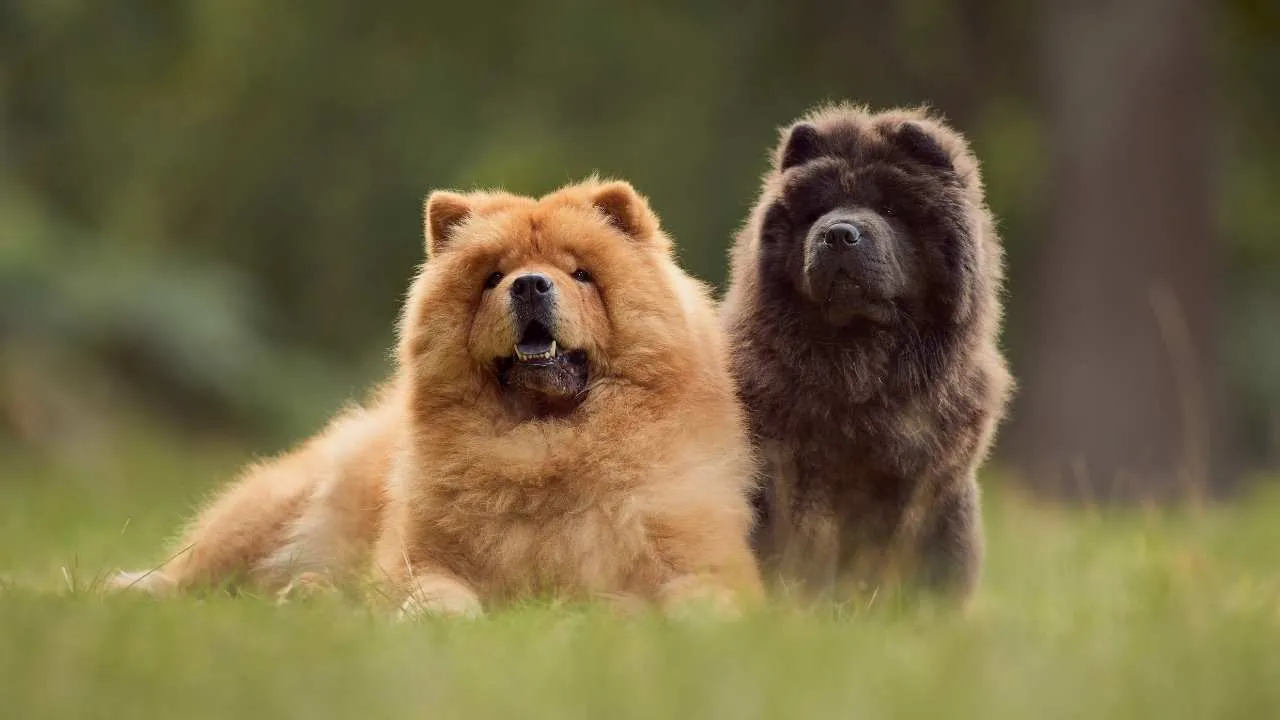
The Fuzzy Philosopher with an Attitude
Training a Chow Chow is more like negotiating with a stubborn roommate than teaching a pet. They’re one of the smartest dog breeds, aggressive, but also famously aloof; obedience is optional unless earned. Early, reward-based training is essential to curb their cool detachment.
Fluff Comes with a Fee
That regal mane sheds—a lot. Daily brushing is non-negotiable to avoid mats and skin issues hidden under their dense double coat. If you’re not ready to vacuum daily, a Chow might rule your home (and your furniture).
Ancient Guardians with a Noble Air
Bred in China for guarding, hunting, and herding, Chow Chows were once palace protectors and temple dogs. They made their way to Europe in the 18th century, first as exotic zoo curiosities. Today, they’re show-stoppers with an imperial past.
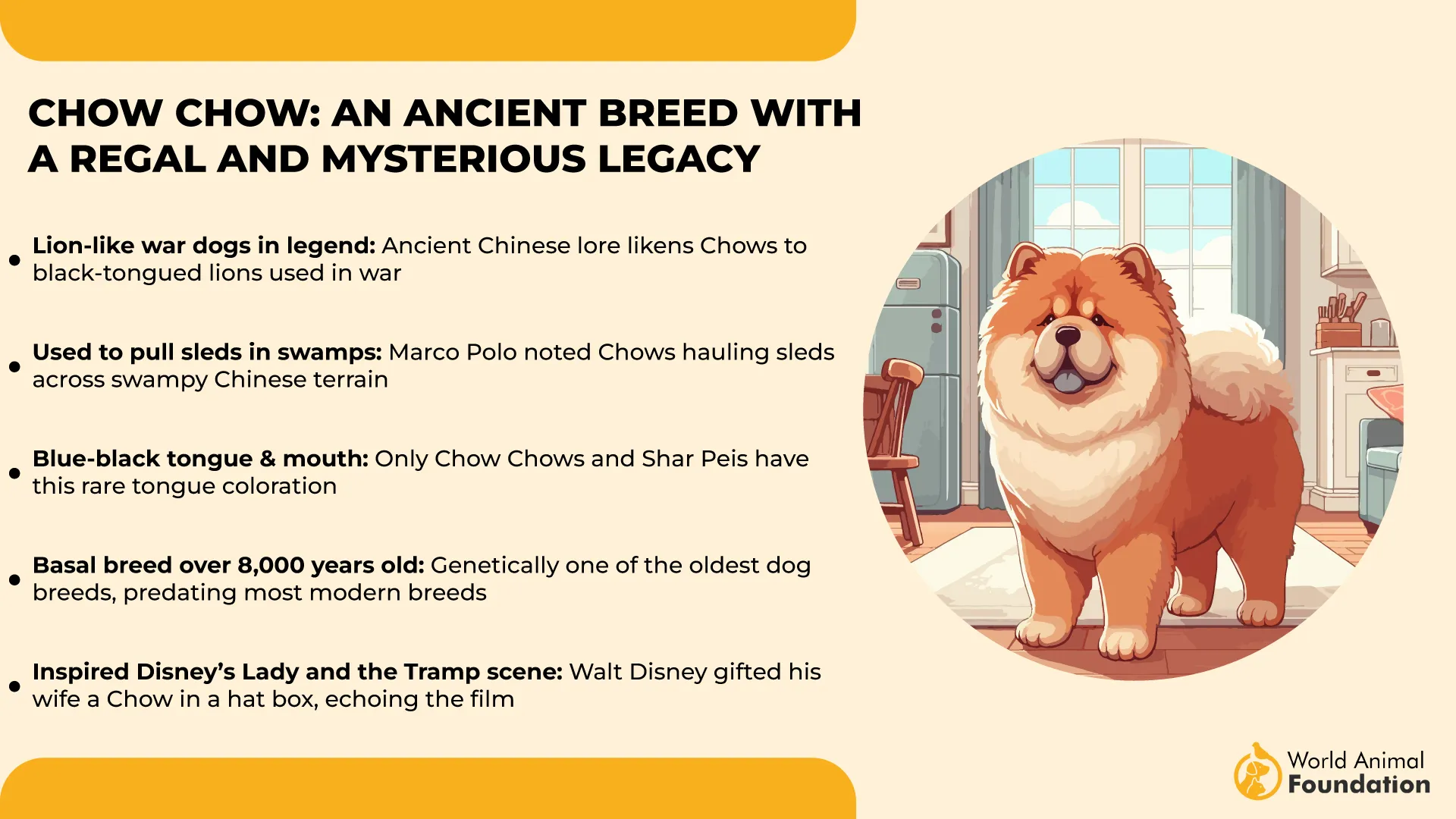
Like a Cat in a Dog’s Body
Don’t expect a cuddly teddy bear—Chows are independent, selective, and sometimes standoffish. They bond with one person and stick to them like royalty with a trusted servant. Their chill can shift to chilliness if poorly socialized.
4. Siberian Husky
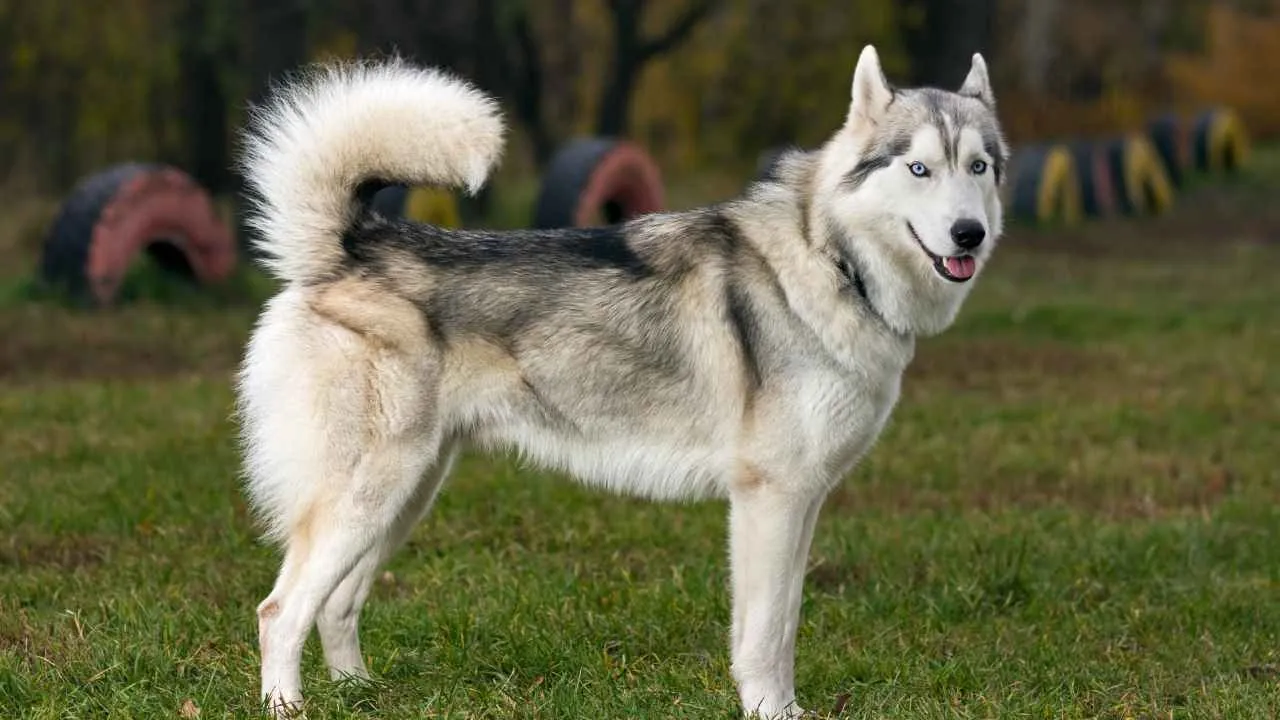
Obedience? Only on Their Terms
Siberian Huskies are brilliant but stubborn, often acting on instinct rather than instruction. Training requires a calm, experienced hand and a lot of patience with their mischievous streak. They love testing boundaries—and sometimes act like you’re the sidekick, not the boss.
Arctic Glam with High Maintenance
Their dense double coat is built for Siberian winters, not your couch cushions. Expect year-round shedding with explosive “coat blows” in spring and fall. Brushing several times a week is essential, unless you enjoy decorating with fur.
Legends of the Snow, Born to Pull
Bred by the Chukchi people over 3,000 years ago, they’re true endurance athletes. Their fame skyrocketed after delivering diphtheria serum across Alaska’s tundra, as per the AKC. Though now household pets, that need to run still pulses through their paws.
Why Huskies Can Drive You Crazy
These strong dogs are escape artists, professional howlers, and Olympic-level diggers. Their high prey drive, zero recall, and endless energy make them tough to contain. If left alone, they’ll tear up the yard, scale your fence, or serenade the neighborhood.
5. Pekingese

Royal Minds, Selective Obedience
Pekingese are clever but famously stubborn, often refusing commands unless there’s something in it for them. While they can learn quickly, they usually won’t perform on demand without strong motivation. Consistent, reward-based training is crucial to earn their cooperation.
Glam Fur, Daily Maintenance
Their thick double coat and lion-like mane demand daily brushing to prevent painful mats and tangles. Owners must also monitor hidden skin folds to avoid irritation or infection. Grooming is a royal ritual—skip it, and you’ll see a royal mess.
From Imperial Palaces to Queen’s Court
Bred as sacred companions in ancient China, Pekingese were so valued that stealing one was punishable by death. They arrived in the West after British troops took them from a royal palace in 1860. Queen Victoria received the first Pekes, and the rest is royal history, according to Hill’s Pet.
Small Dog, Big Attitude Problem
Pekingese are opinionated, territorial, and notoriously hard to socialize if not properly trained early. They bark at everything unfamiliar and may become clingy or jealous toward their favorite person. Their regal charm hides a stubborn streak that makes them notoriously bad-mannered.
6. Parson Russell Terrier
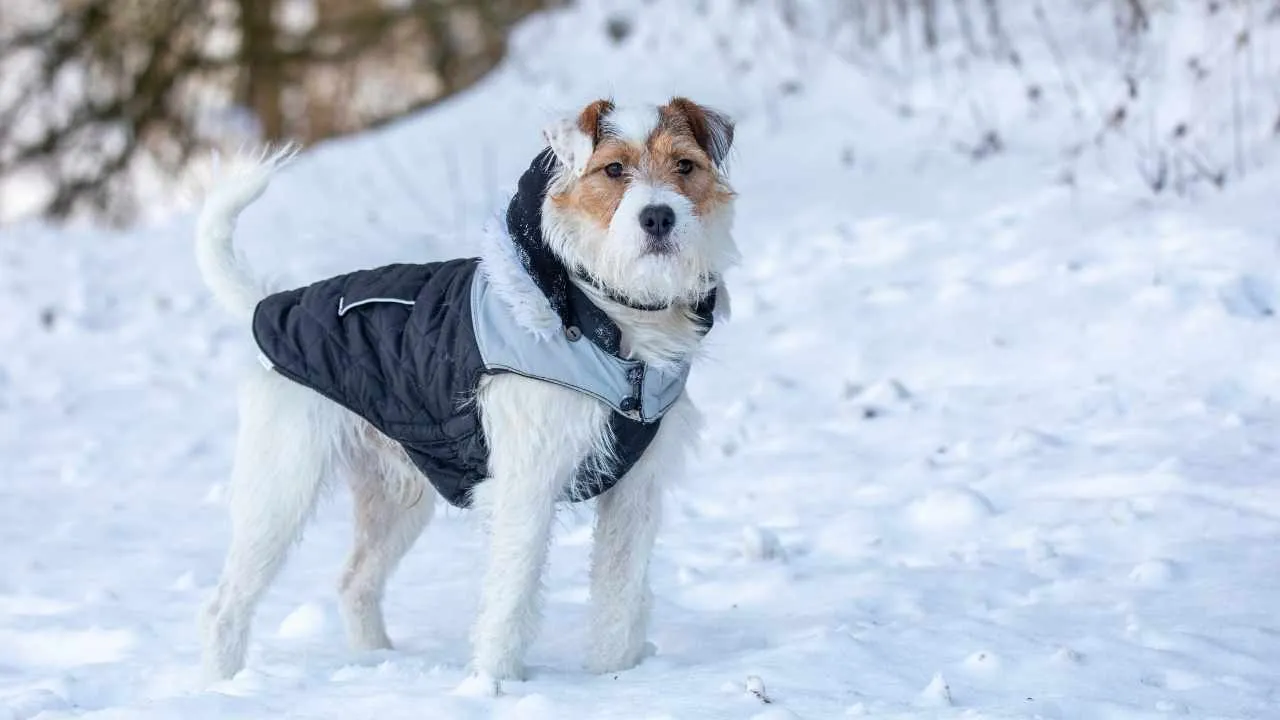
Relentless Energy, Endless Adventure
Parson Russell Terriers are lively, fearless dogs bred to hunt foxes and vermin both above and below ground. They have boundless energy and require at least 1-2 hours of vigorous exercise every day to stay happy and healthy.
These aggressive dogs thrive when they’re involved in family life and love to be part of all the action.
Sharp Minds, Strong Wills
While highly intelligent, Parson Russells have a strong independent streak and can be stubborn when it comes to training. They often test boundaries and don’t always respond to commands, especially if their prey drive kicks in.
Patience, consistency, and positive reinforcement are crucial to managing their bold personality.
Born to Hunt, Hard to Handle
Their natural hunting instincts make them prone to chasing small animals and digging, which can become problematic if left unchecked. Recall can be especially difficult, as their focus on scent and movement often overrides obedience.
Without sufficient mental and physical stimulation, they can become bored and aggressive.
Huge Attitude Problem
Though small in size, Parson Russells have a huge personality that can be overwhelming for first-time dog owners. They’re confident, bold, and often vocal, which means they require a firm hand and experienced leadership.
Without proper training and socialization, their feisty nature can lead to behavioral challenges.
7. Beagle
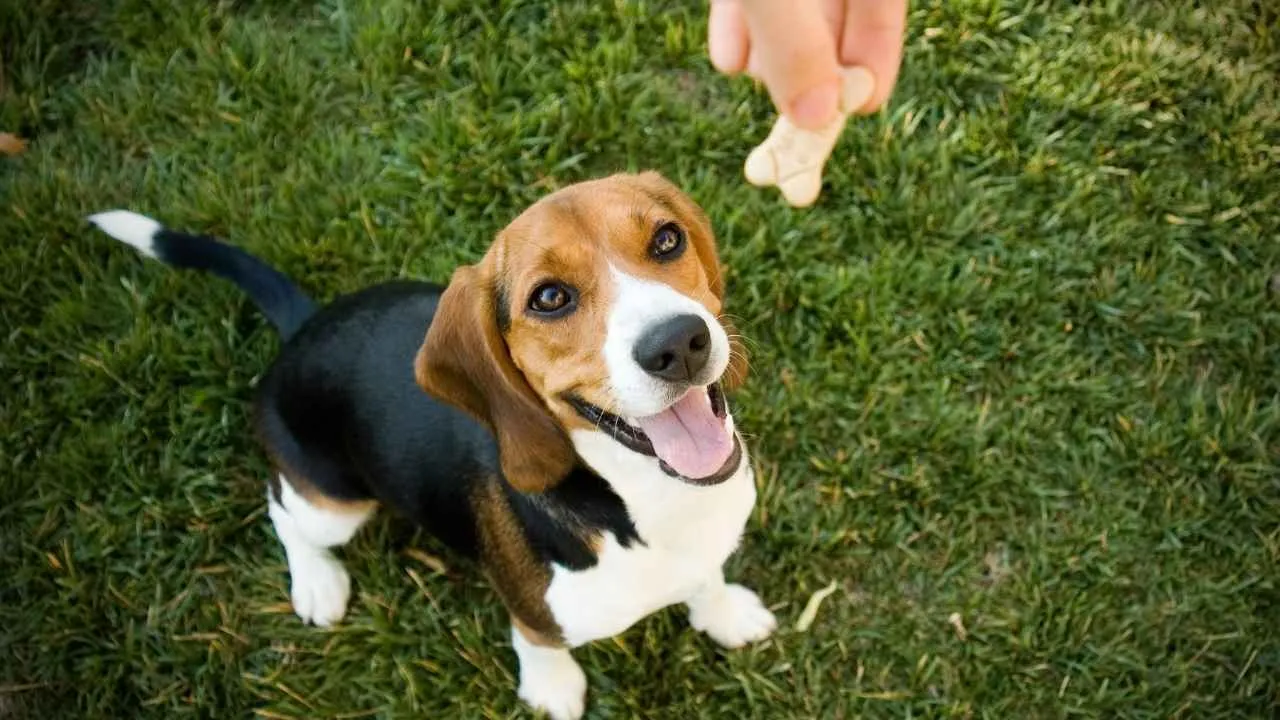
Friendly and Fun-Loving Hunters
Beagles are cheerful, behaved dogs known for their lovable nature and playful spirit. Bred originally for hunting rabbits and hares, they work well in packs and thrive on companionship.
Their large brown or hazel eyes, long floppy ears, and compact build make them irresistibly cute and a favorite family pet across the world.
Energetic Explorers with a Nose for Adventure
These dogs have a strong hunting instinct and incredible noses that can follow scents for miles. Beagles need plenty of daily exercise, at least an hour or two of active play or walks, to keep them happy and healthy.
They enjoy exploring and sniffing everything, which means off-leash adventures require caution, as they might wander off chasing scents.
Maintenance Made Simple but Important
Beagles have short, dense coats that need regular brushing to keep shedding under control, especially during seasonal changes. While generally low-maintenance, their floppy ears require routine checks to prevent infections.
Owners should also monitor their diet carefully, as Beagles tend to gain weight easily if overfed.
Stubborn, Distracted, and Sometimes Noisy
One of the biggest challenges with Beagles is their independent streak and stubbornness during training, as per Purina. Their strong scent drive makes recall difficult, as they often get distracted by smells.
They are known to bark or howl, especially when lonely or bored, which can be frustrating for some owners.
8. Dachshund
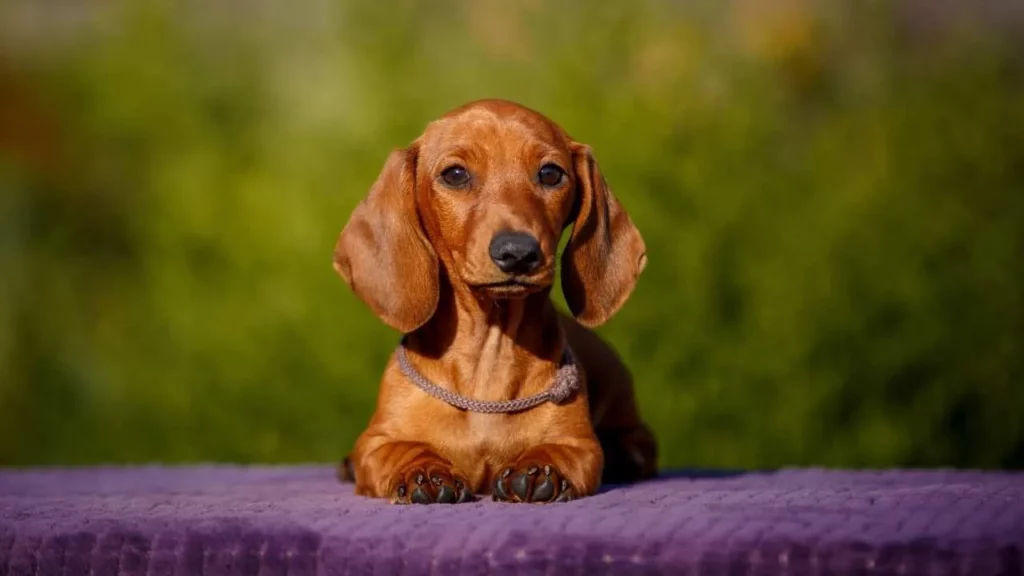
Bold Hunters with a Long, Low Profile
Dachshunds, known as “wiener dogs,” were bred in 18th-century Germany to hunt badgers as one of the most popular dog breeds. Their long bodies and short legs help them dig and move underground, while their floppy ears protect them in the brush.
Exercise and Health: A Delicate Balance
These lively dogs need daily exercise to strengthen their backs, but should avoid jumping to prevent injury. Regular walks, playtime, and mental stimulation like scent games keep them happy. Weight management and ramps help protect their vulnerable spines.
Stubbornness and Willfulness: The Biggest Challenge
Dachshunds are famously stubborn and independent, often ignoring commands if distracted or uninterested. Their strong prey drive means they’ll easily lose focus during training, making patience and consistency essential for success. Without firm guidance, their willfulness can lead to bad habits.
Affectionate, Vocal, and Full of Energy
Dachshunds love human company and can suffer separation anxiety if left alone. Their tendency to bark excessively can be overwhelming if not managed early with training, as they’re highly territorial.
Depending on coat type, they require regular grooming and plenty of exercise to stay balanced and healthy.
9. American Pit Bull Terrier
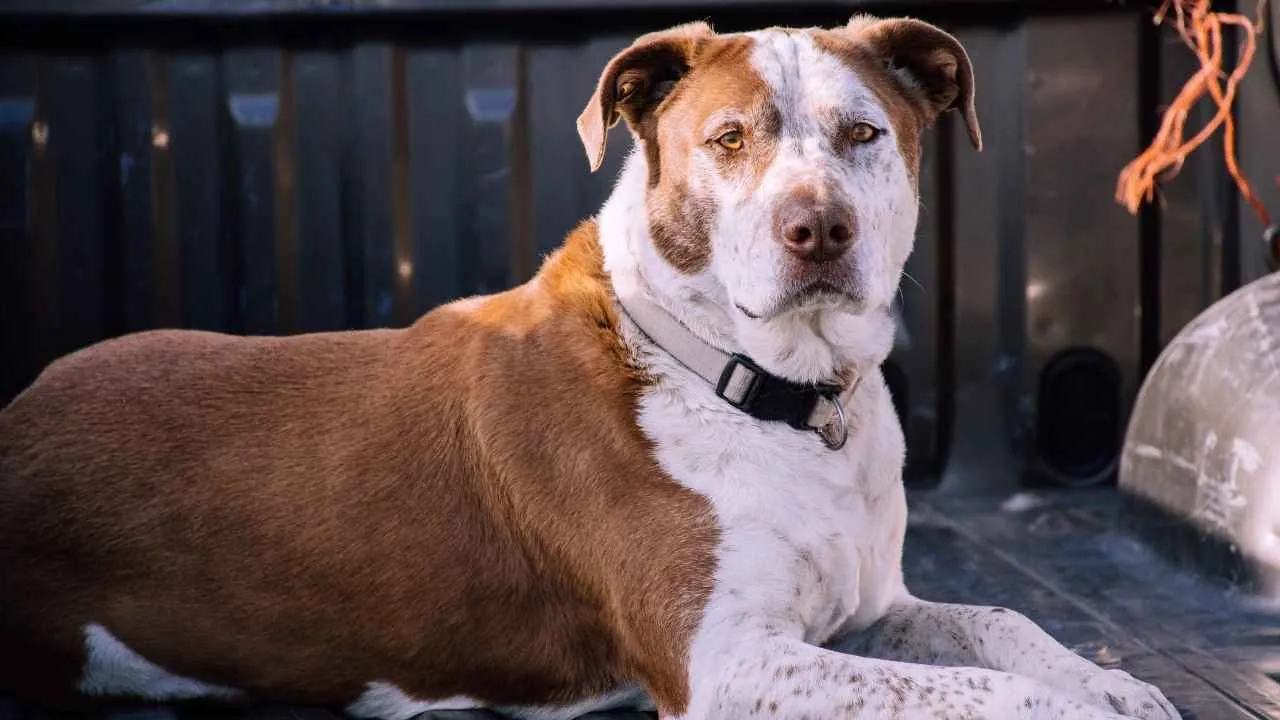
Built Like a Powerhouse: The Pit Bull Physique
The American Pit Bull Terrier has a low center of gravity and a slightly longer-than-tall body.
With well-developed neck and head muscles, small eyes, and either cropped or rose-shaped ears, this dog is solidly built, and their sleek coat comes in any color, though mostly white, black, and tan, or liver is less common.
Loyal, Loving, and Family-Focused
Pit Bulls are often fun-loving and gentle with their families, though they can be wary of other Pit Bulls. Their courage and determination come with stubbornness and fearlessness, so supervision around children is important. Like all breeds, individual temperaments vary widely.
A Legacy of Strength and Tenacity
Descended from ancient Greek Molossian war dogs, Pit Bulls evolved through bulldog and terrier crosses in 19th-century Britain and Ireland. Originally bred for hunting and restraining livestock, they developed a reputation for stamina and grit that remains today.
Misunderstood and Misrepresented
While bred to fight other dogs, Pit Bulls were never encouraged to be aggressive toward people, with trainers selecting against such dogs’ behavior. Unfortunately, illegal dogfighting and irresponsible breeding have led to dangerous behavior.
Advocacy groups argue that Pit Bulls’ true nature depends on responsible ownership and training.
Conclusion
Data shows that while some of the top dog breeds with the worst behavior are labeled as the most dangerous dog breeds, much depends on proper training, early socialization, and consistent training.
Inexperienced dog owners often struggle with the strong-willed nature and protective instincts of these popular dog breeds, leading to dog bite incidents and, in rare cases, fatal dog attacks.
Even smaller breeds like Chihuahuas and Shih Tzus can show aggression if neglected. Many dogs, including mixed breeds and wolf hybrids, can be loyal companions and effective guard dogs or protection dogs when socialized and trained from a young age.
Ultimately, the breed’s temperament is only part of the picture. With firm leadership, attention, and proper care, most breeds can be well-behaved and gentle, posing little risk to small children, other breeds, or other pets.
Apart from the above-mentioned dogs, some other dog breeds showing challenging behaviors may include Australian Cattle Dog, Australian Shepherd, Alaskan Malamute, Doberman Pinscher, Golden Retriever, German Shepherd, Great Dane, American Bulldog, Cane Corso, and English Bulldog.


